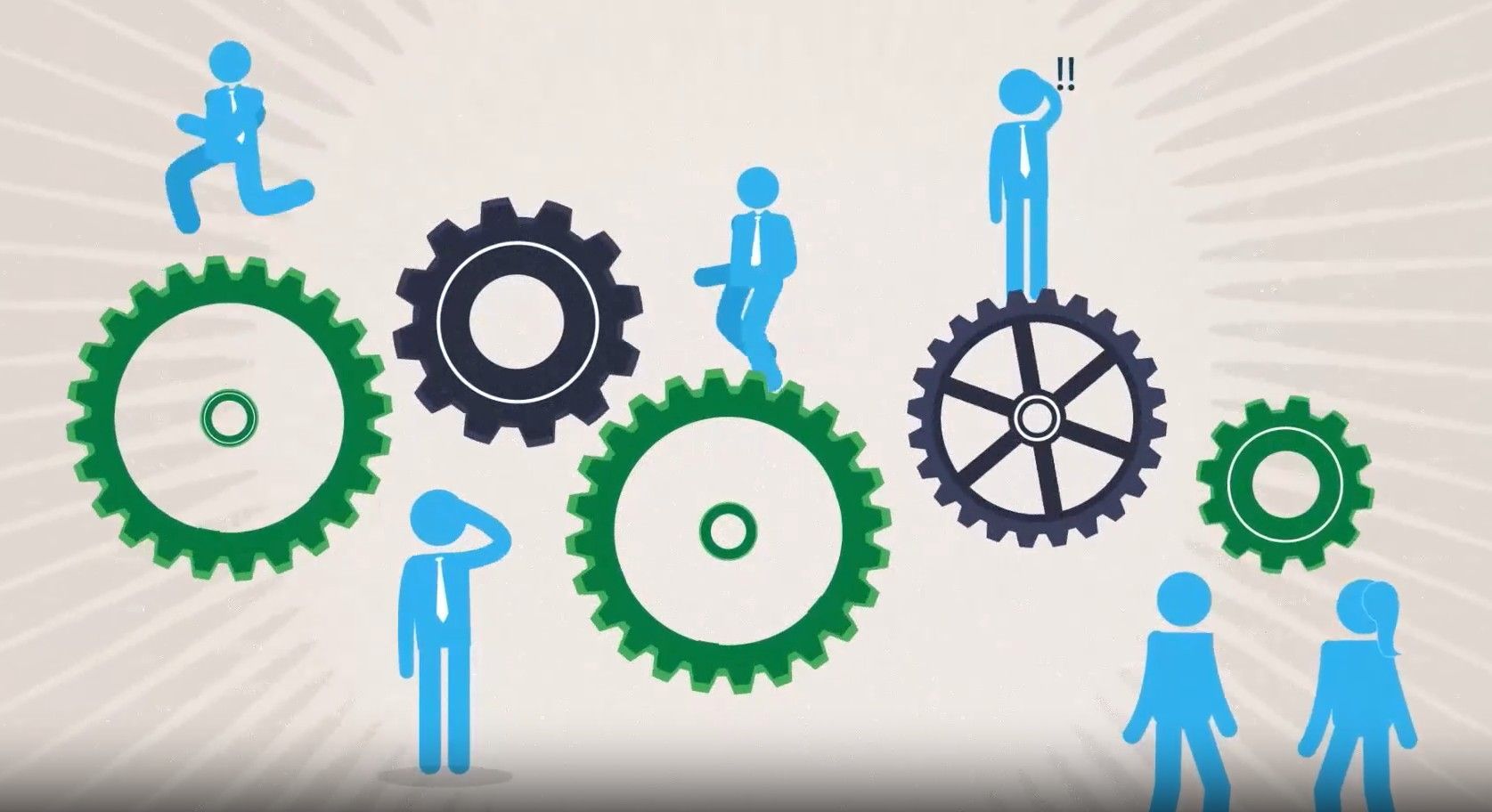Build Bridges to Build Sales
August 14, 2025
Who should control prospect and customer relationships to maximize revenue? The obvious answer—the salesperson—isn’t necessarily the right answer.
While someone must lead and manage an account, controlling all aspects is not the best use of a salesperson’s time. For larger accounts, especially, building as many bridges between buyer and seller as possible is almost always the best way to serve both sides—and to maximize sales for your side. Surprisingly, too many companies fail to take that approach.
“Never go into an account and think that you can see the total picture,” says Ron Lintz, formerly director of sales for several large manufacturers. “We can each scan the horizon, but the view for every individual and what we each see is just a little bit different—even more so from the other side of the lake” where the customer sits. Lintz calls this tactic “horizon selling.”
If you don’t take on this wider perspective, Lintz says, “You are selling with tunnel vision. [You can’t] depend on a single contact or department to advance your efforts.” This should come as no surprise, he laughs. How often does everyone in your organization agree on anything? “That’s as rare as a frog’s hair.”
Before founding Productive Strategies, I was in manufacturing. One of our customers, Holley, supplied 100 percent of Chrysler’s fuel injection systems. That’s right—all of them. Our role was to produce throttle bodies, which act as the lungs of an engine. They “breathe” for a vehicle by providing the air an engine needs to come alive when a driver steps on the gas. Even pedal to the metal won’t work if the throttle body doesn’t.
One year Holley invited me and our regional sales rep to their Mississippi headquarters for a two-day vendor conference. The idea was to update the company’s suppliers on Holley’s quality program, ordering system, plans for the future, market conditions—and, most important for us, how vendors might fit in.
We decided to crash the party and brought along all of our management team—engineering, quality, manufacturing, plant, and other key functions—eight or nine people. (We did give Holley a heads-up, and they were thrilled.) It turned out that we were the only vendor to show up with more than sales and top management. Over the top? Not in this case. It proved valuable for us and for Holley. Our relationship lasted for years.
And the more-the-merrier tactic helped all of our salespeople understand they would do better if they controlled only the aspects of their relationships that really made sense for them to control. In other words, where they could add more value than anyone else. For the most part, top producers already know that they need to have multiple relationships in a customer’s organization. Sales is always in the loop, of course, and there really is no downside.
Building multiple bridges between your company and your prospects and customers can lead to long-term, sustainable business. Salespeople who don’t actively foster those relationships, and encourage others on their corporate team to do the same, are missing opportunities to better understand needs in the present and to anticipate them in the future. Walk into a high level meeting at McDonald’s, for example, and you’ll be hard-pressed to separate McDonald’s managers from those who work for Coke, Procter & Gamble, or any other of the fast-food giant’s suppliers
Smaller companies can also benefit from working side by side with customers, though it can require some investment. One of our clients decided they wanted their leadership discipline to be customer intimate. (The three market leadership disciplines are customer intimate, product leadership, and operational excellence. A determined company can own one of the disciplines, rarely two. Three? Tougher even than horse-racing’s Triple Crown.)
To develop customer intimacy, the chief engineer began visiting his counterpart in another state each Friday. The first major payoff came a few years later when our client was invited to locate a new facility next to one of the customer’s plants. The second came when the customer expanded its operations in Mexico. Our client was invited to place a manufacturing operation in the customer’s Mexico plant. All of the result of the bridge building started by a committed engineering leader.
Another advantage occurs when it’s time to renew contracts—or not. The multiple advocates you’ve nurtured over time can clearly explain why the low bidder is not necessarily the best choice. Each of them can testify—with specific facts, figures, and experiences—how you created value that would not have been present had the firm selected the low bidder. If multiple relationships are not in place that level of support from the customer’s management team may be missing.
Plus, as more than a few of our clients have told us, the boost in corporate camaraderie that comes with welcoming others into the sales process is immeasurable. That might explain why half the people we train in our popular FOCIS® Consultative Selling course are business development hunters and the other half are people who don’t sell but who are critical to bringing in business in other ways—marketing, engineering, customer service, even top management. .
To learn more, please get in touch with me at 847-446-0008 Ext. 1 or e-mailing pkrone@productivestrategies.com. Meanwhile, keep scanning the horizon, not only to find new customers but also to build new bridges with customers you already have.
The post Build Bridges to Build Sales appeared first on Productive Strategies, Inc..










